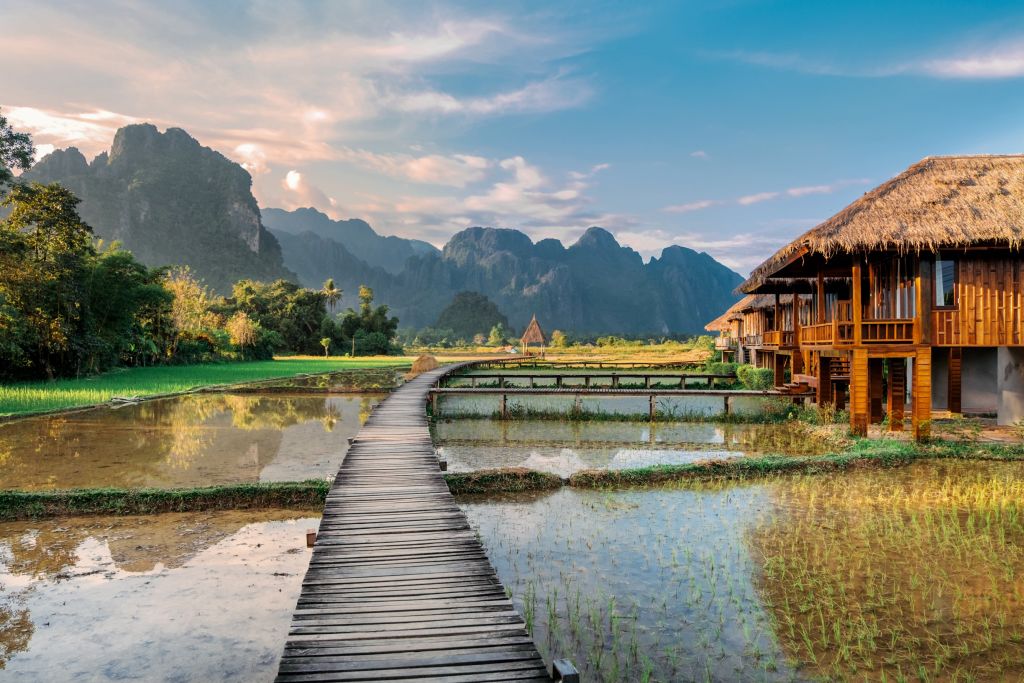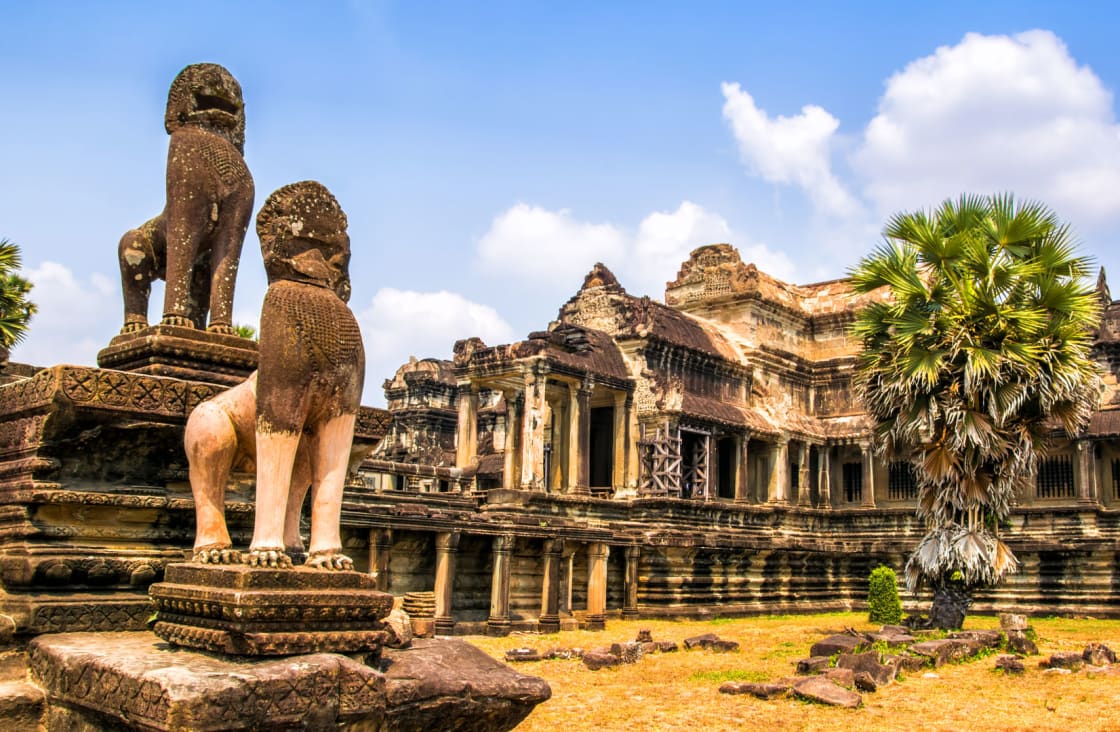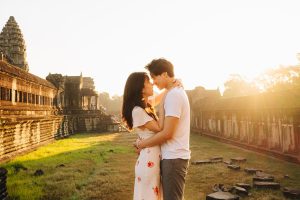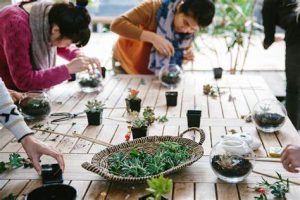The Timeless Elegance of Áo Dài Việt Nam
22-08-2024
The Captivating Beauty of Áo Dài
The áo dài, a symbol of Vietnamese culture and elegance, instantly captivates anyone who lays eyes on it. With its graceful lines, vibrant colors, and exquisite embroidery, the áo dài is not just a piece of clothing but a representation of Vietnam's rich heritage and artistic sensibility. Whether worn for special occasions or as daily attire, this traditional dress commands attention and admiration from locals and tourists alike.
Imagine walking through the bustling streets of Hanoi or the ancient town of Hoi An, and suddenly, you see a woman gliding gracefully in an áo dài. The image is striking and unforgettable, the dress flowing like water as she moves, the fabric shimmering in the sunlight. The áo dài, with its form-fitting bodice and long, flowing panels, highlights the elegance and poise of the wearer, making it a true icon of Vietnamese beauty.
The Rich History and Cultural Significance
The áo dài's history is as intricate and fascinating as the garment itself. Originating in the 18th century during the Nguyễn dynasty, the áo dài has undergone numerous transformations, reflecting Vietnam's dynamic history and cultural exchanges. Initially influenced by Chinese fashion, the áo dài evolved over centuries, incorporating elements from French colonialism and modern global trends.
One of the most significant changes occurred in the 1930s when artist Cát Tường introduced a more fitted and modernized version of the áo dài, which became widely popular. This era marked the beginning of the áo dài's journey as a national symbol of elegance and femininity. The dress typically features a long tunic that reaches the ankles, with slits on both sides, worn over wide-legged pants. The high neckline and tight fit around the upper body highlight the wearer's grace and poise.
The áo dài is not just a fashion statement; it holds deep cultural significance. It is worn during important ceremonies such as weddings, Lunar New Year celebrations, and school events. For many Vietnamese women, wearing an áo dài is a rite of passage that connects them to their heritage and ancestors. It is a source of national pride, often seen as a representation of Vietnamese identity and resilience.
The cultural importance of the áo dài is also evident in its role in various art forms. It frequently appears in Vietnamese literature, poetry, and paintings, symbolizing beauty, grace, and the soul of the Vietnamese people. Traditional songs and modern pop music alike celebrate the áo dài, cementing its place in the country's cultural consciousness.
The Allure of Wearing an Áo Dài
Imagine yourself draped in a flowing áo dài, the fabric gently swaying with each step you take. The feeling of wearing this traditional dress is nothing short of magical. It’s not just about the physical beauty; it’s about the confidence and pride that comes with it. The áo dài accentuates the natural beauty of the wearer, creating a silhouette that is both elegant and timeless.
The process of choosing an áo dài is an experience in itself. From selecting the fabric to deciding on the design and embroidery, every step is filled with anticipation and excitement. Traditional silk is a popular choice, known for its luxurious feel and vibrant colors. Modern variations may include chiffon, lace, and even velvet, each bringing a unique touch to the dress.
Embroidery plays a crucial role in the allure of the áo dài. Intricate patterns, often inspired by nature, such as flowers, birds, and landscapes, adorn the fabric, making each piece a work of art. Skilled artisans spend countless hours perfecting these designs, ensuring that every áo dài is unique. The detailed craftsmanship not only adds to the visual appeal but also enhances the emotional connection to the dress.
The áo dài’s versatility also adds to its appeal. It can be styled in various ways to suit different occasions. A simple, plain áo dài is perfect for everyday wear, while a heavily embroidered and embellished one is ideal for weddings and other formal events. The dress can be paired with traditional accessories like the nón lá (conical hat) or modern pieces like statement jewelry to create a personalized look.
Wearing an áo dài also provides a sense of continuity and connection to the past. Each time a Vietnamese woman dons this traditional attire, she is paying homage to generations before her and celebrating the enduring beauty of Vietnamese culture. This emotional connection deepens the allure of the áo dài, making it more than just a piece of clothing but a symbol of identity and pride.
Deeper Insights and Modern Adaptations
While the áo dài remains deeply rooted in tradition, it has also evolved to meet modern fashion trends. Contemporary designers continually reinterpret the áo dài, blending traditional elements with innovative designs. These modern adaptations have ensured the áo dài remains relevant and fashionable, appealing to both the young and old.
Designers like Nguyễn Công Trí and Minh Hạnh have introduced bold prints, unconventional materials, and new silhouettes while maintaining the essence of the traditional áo dài. These modern versions are often seen on runways and in fashion magazines, showcasing the áo dài's versatility and timeless appeal.
Moreover, the áo dài has transcended Vietnamese borders, gaining international recognition. It has been featured in global fashion shows, worn by celebrities, and highlighted in international media, further cementing its status as a symbol of Vietnamese culture and elegance. This global recognition not only highlights the beauty of the áo dài but also promotes Vietnamese culture on an international stage.
The Future of Áo Dài
As Vietnam continues to modernize, the áo dài remains a beloved and enduring symbol of the country's heritage. Efforts to preserve and promote the áo dài include national festivals, cultural programs, and educational initiatives. Young designers are encouraged to explore and innovate within the framework of the traditional áo dài, ensuring its continued evolution and relevance.
In recent years, there has been a resurgence of interest in traditional Vietnamese culture, with the áo dài at the forefront. Social media platforms have played a significant role in this revival, with influencers and fashion enthusiasts showcasing the áo dài in various styles and settings. This renewed interest not only preserves traditional craftsmanship but also inspires a new generation to embrace and celebrate their cultural heritage.
Conclusion
The áo dài is more than just a dress; it is a symbol of Vietnamese culture, history, and elegance. Its timeless beauty and cultural significance make it a cherished garment for many. By understanding its history, choosing the right design, and wearing it with pride, you can experience the magic of the áo dài yourself.
Whether you are attending a special event or simply exploring Vietnam, the áo dài will make you feel connected to the rich heritage of this beautiful country. Embrace the elegance, the pride, and the beauty of the áo dài, and let it become a part of your own story. Through every stitch and every pattern, the áo dài tells a story of Vietnam's past, present, and future. As you wear it, you become part of that story, a living testament to the enduring charm and grace of Vietnamese culture.
At Rose Kitchen, customers will see with their own eyes the beautiful traditional áo dài. Because cultural storytellers will wear traditional orange áo dài, we always honor the beauty of Vietnamese culture and hope to introduce unique stories and cultural features to friends around the world. That is the reason we choose áo dài as our uniform. This decision not only underscores our commitment to preserving and promoting Vietnamese culture but also enhances the dining experience by adding a touch of elegance and tradition to our service. Through this choice, we invite our guests to embark on a cultural journey, experiencing the deep connection and pride we have for our heritage.

How to Choose the Best Shore Excursion Tour Package: A Practical Guide for Cruise Passengers

How Not to Be Late for Your Cruise: A Complete Guide for Shore Excursion Travelers in Vietnam & Thailand

Top 10 Most Beautiful Islands in Southeast Asia for Beach Lovers
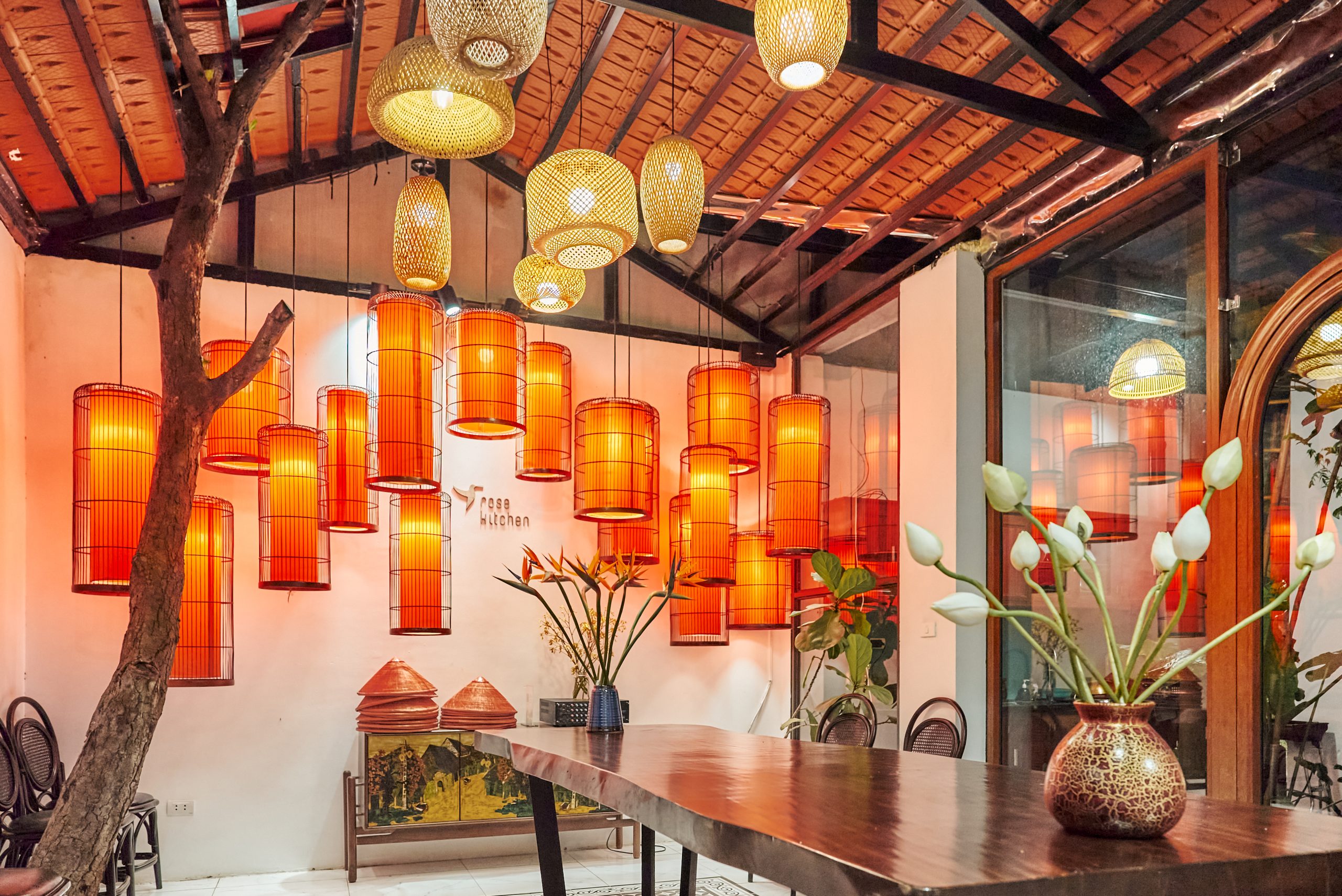
The Rise of Experiential Tourism: Travelers Now Prefer Direct Immersion Over Traditional Sightseeing

Vietnam’s Tourism Surge in 2024: Driving Growth and Innovation in the Post-Recovery Phase

A Culinary Journey Through Thailand: Exploring The Iconic Dishes Of Tom Yum, Pad Thai, And Green Curry
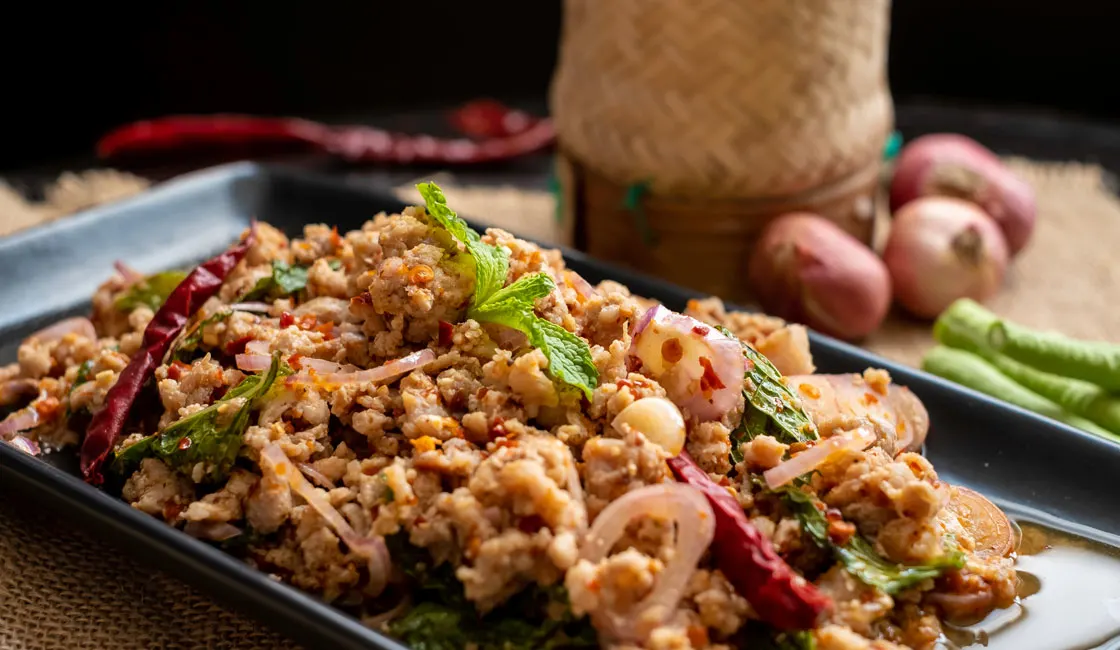
A Culinary Journey Through Laos: Traditional Dishes Larb, Khao Niaw, And Tam Mak Hoong
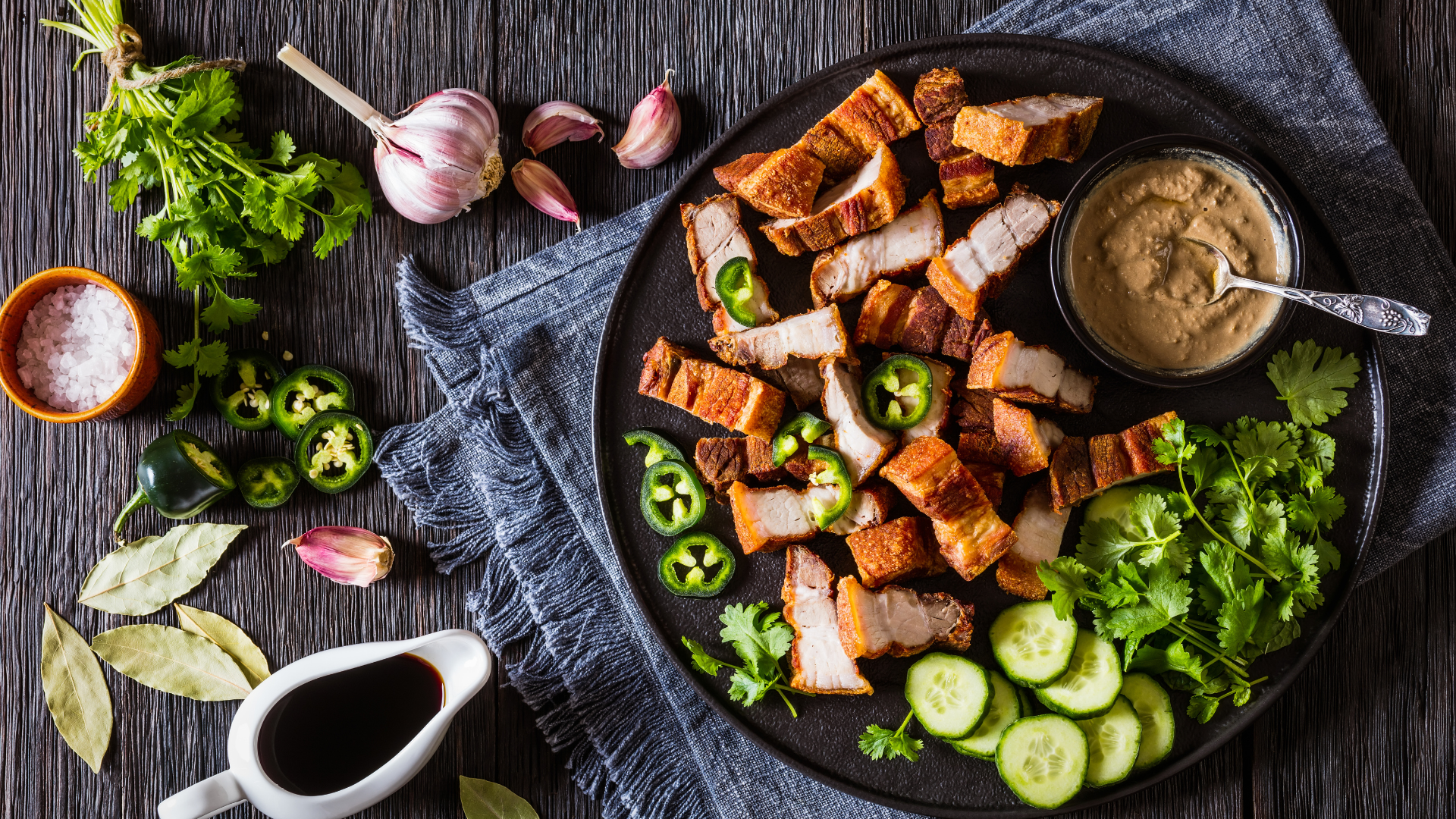
Discovering Cambodia’s Culinary Treasures: Amok, Bai Sach Chrouk, And Samlor Korko
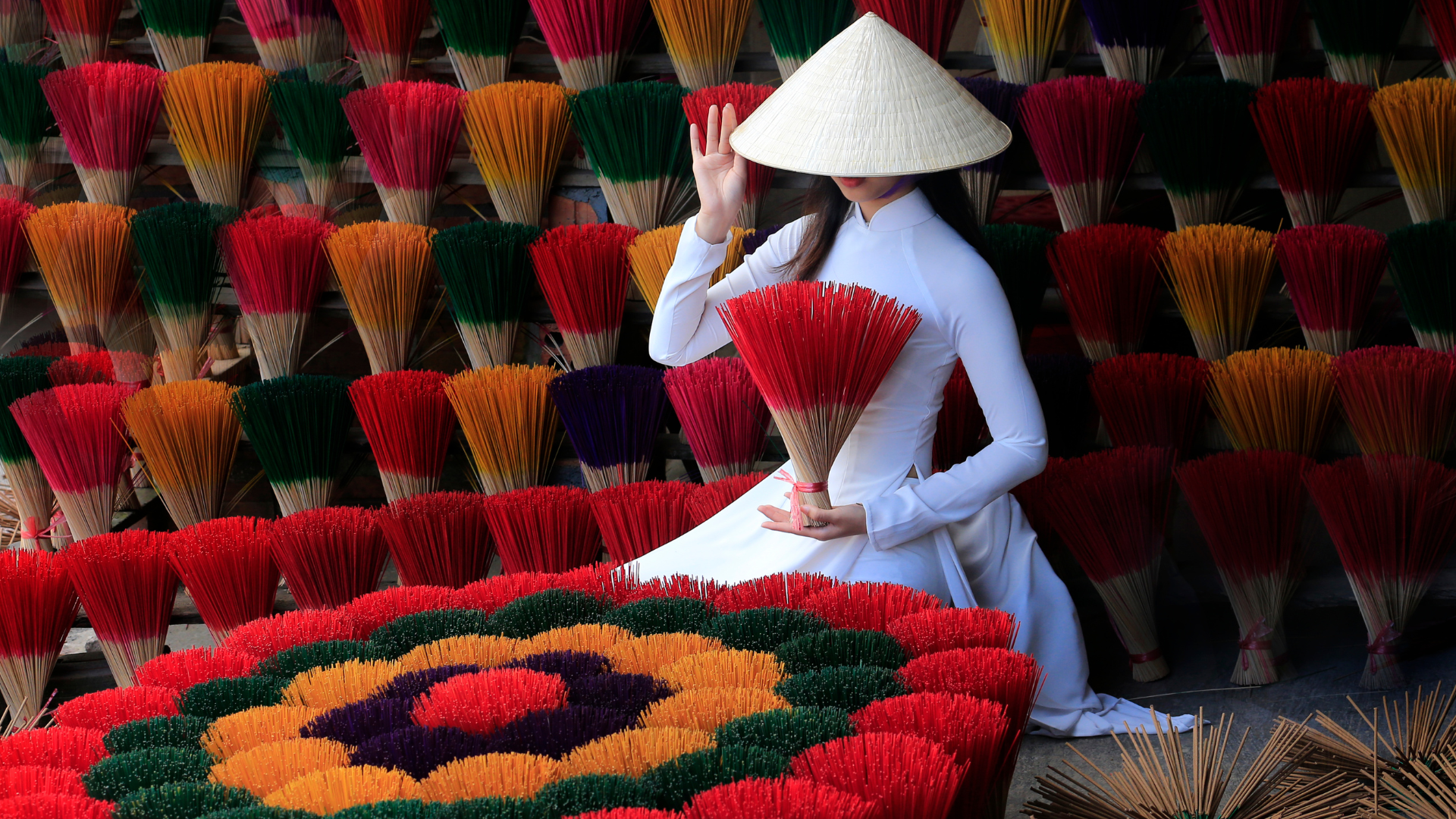
The Timeless Elegance of Áo Dài Việt Nam

Discovering Cambodia’s Culinary Treasures: Amok, Bai Sach Chrouk, And Samlor Korko
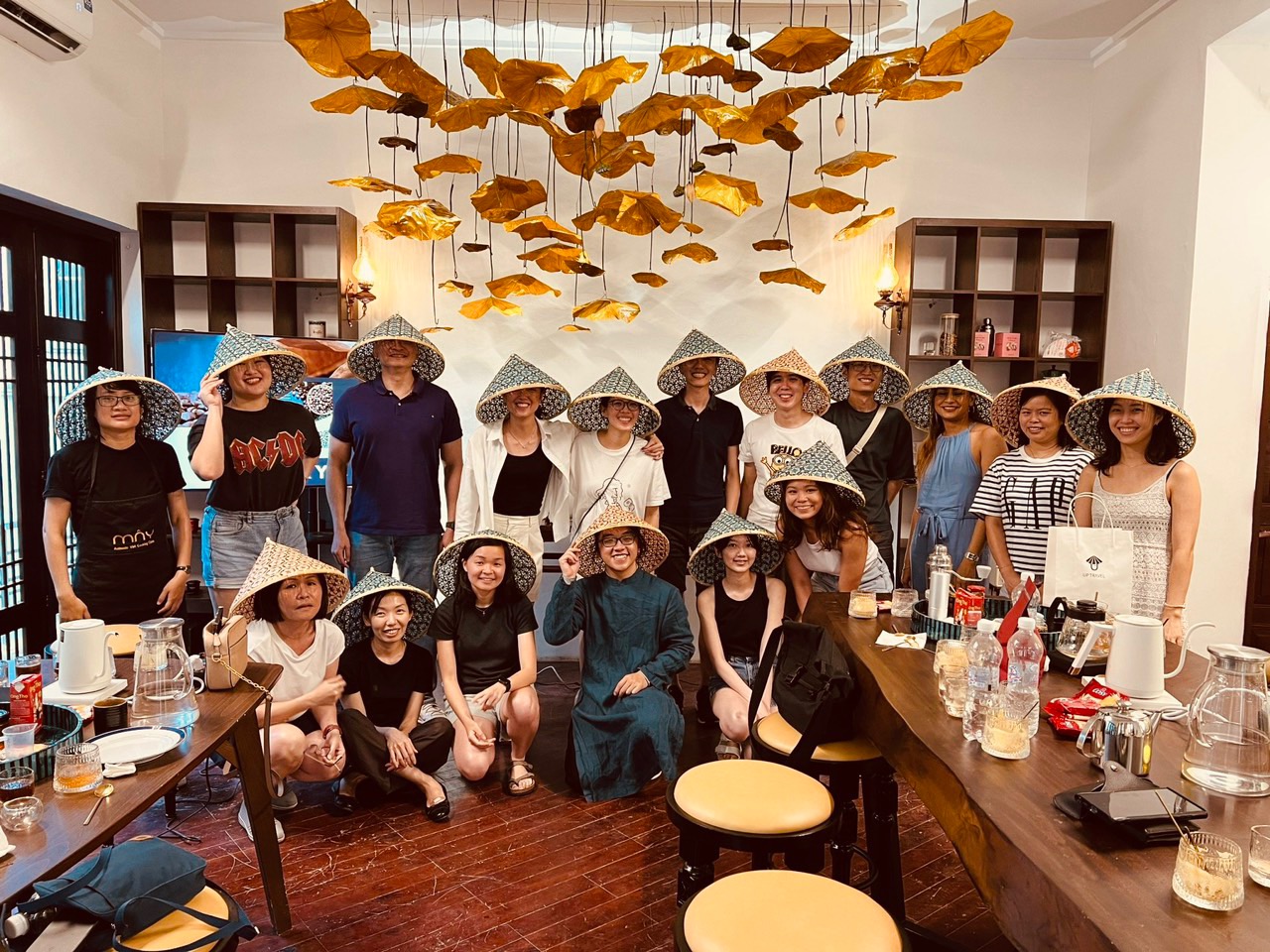
Su Quan Roastery Wins Traveler’s Choice Award 2024: A Journey of Excellence in Coffee Craftsmanship

Festivals in Laos: A Celebration of Culture and Traditions
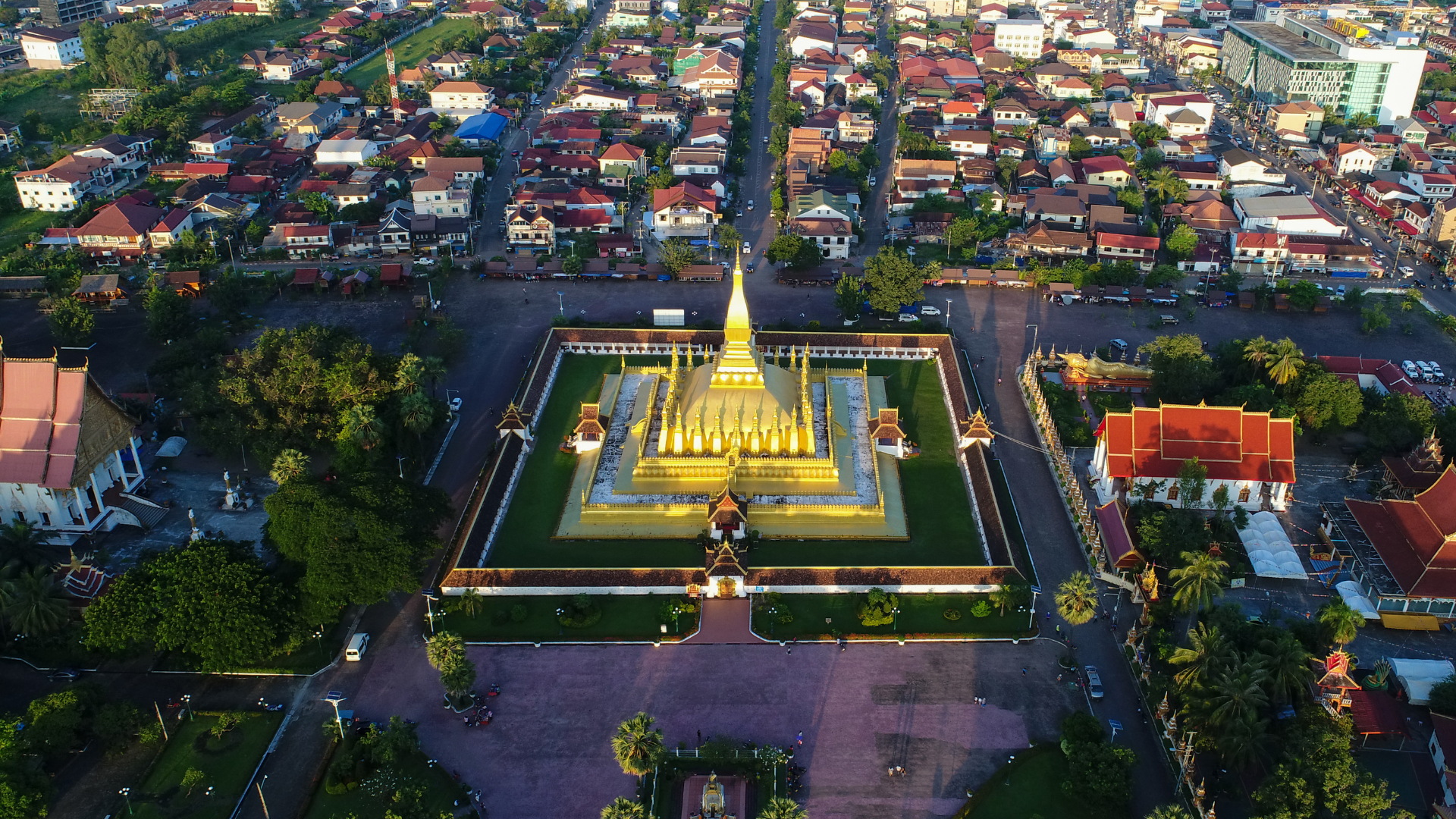
Experience Laos at Its Finest: A Comprehensive Seasonal Travel Guide

A Guide to Transportation in Cambodia: Navigating the Kingdom of Wonder

Seasonal Guide to Cambodia: When to Go for the Best Experience

Exploring Transportation Options in Thailand: Your Ultimate Guide

Visa And Entry Requirements For Traveling Thailand

Best Time To Visit Viet Nam

A Culinary Journey Through Thailand: Exploring The Iconic Dishes Of Tom Yum, Pad Thai, And Green Curry

Discovering Cambodia’s Culinary Treasures: Amok, Bai Sach Chrouk, And Samlor Korko

A Culinary Journey Through Laos: Traditional Dishes Larb, Khao Niaw, And Tam Mak Hoong
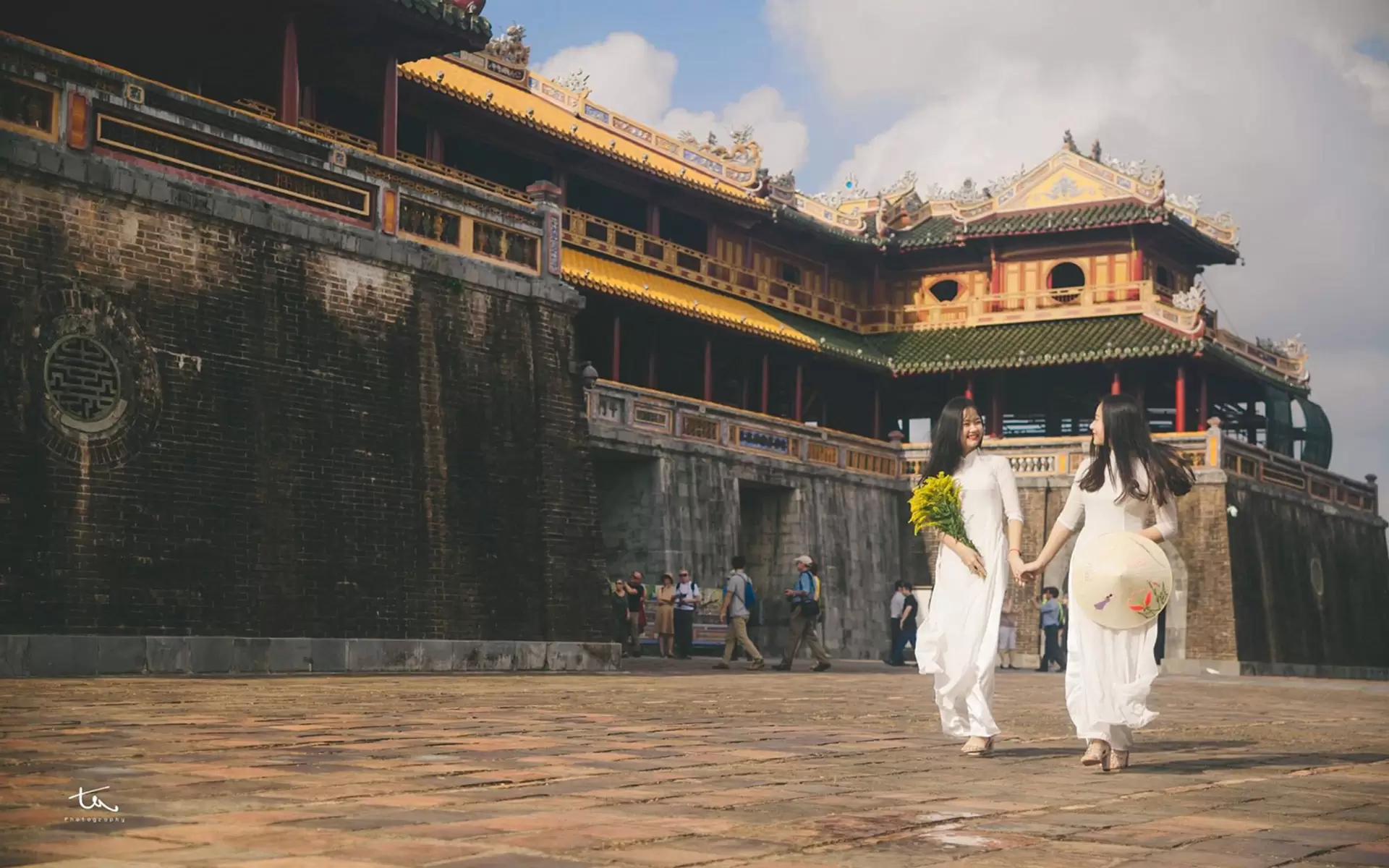
The Timeless Elegance of Áo Dài Việt Nam

Traveling to Thailand: Navigating the Weather and Essential Preparations

Traditional Festivals in Cambodia: A Window into Culture and Spiritual Heritage

Exploring the Weather in Laos: What to Expect and How to Prepare

A Comprehensive Guide to Vietnam’s Weather and Travel Preparation

Exploring the Heart of Laos: A Journey Through Culture, Nature, and Heritage

Unveiling the Hidden Gems of Laos: A Journey Off the Beaten Path

A Guide to Transportation in Cambodia: Navigating the Kingdom of Wonder

Seasonal Guide to Cambodia: When to Go for the Best Experience

Exploring Transportation Options in Thailand: Your Ultimate Guide

Visa And Entry Requirements For Traveling Thailand

Transportation in Vietnam: A Comprehensive Guide

Visa And Entry Requirements For Traveling To Vietnam

Best Time To Visit Viet Nam
Subscribe for Insights
Enjoy updates, inspiration, and travel tips sent right to your inbox


